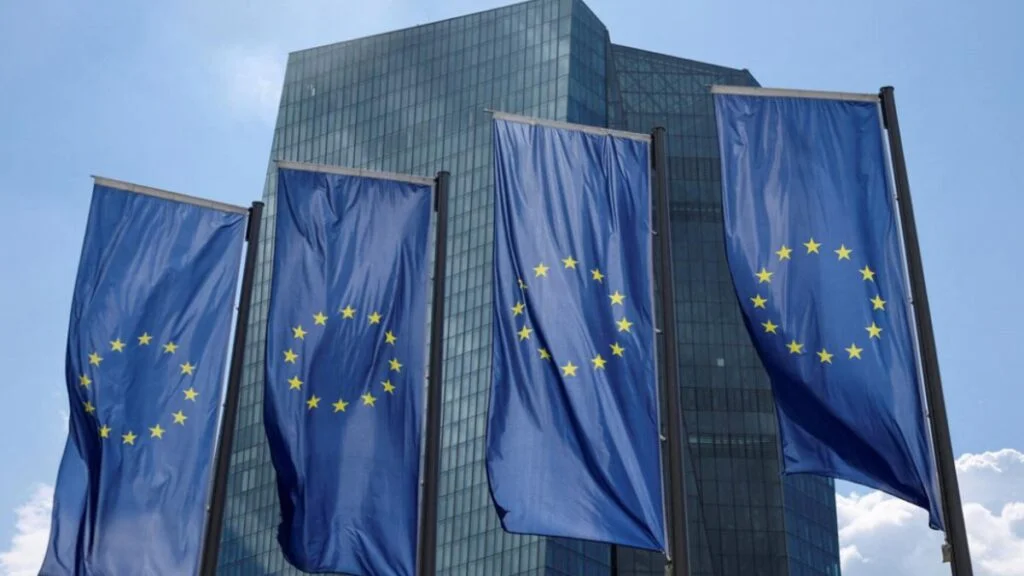European Union (EU) officials are advocating for transparency in AI-generated Content to combat disinformation.

This is part of the European Union’s efforts to combat fake news and disinformation. European Commission Vice President, Vera Jourova mentioned that organizations using generative AI technologies with the potential to spread disinformation should mark their content to make it clear to users.
“Signatories who have services with a potential to disseminate AI generated disinformation should, in turn, put in place technology to recognize such content and clearly label this to users.”
She also called for safeguards to be implemented by businesses using generative AI tools to prevent misuse and the spread of misinformation. In 2018, the EU developed a “Code of Practice on Disinformation” to establish self-regulatory standards in the digital industry.
Major tech companies like Google, Microsoft, and Meta Platforms have already endorsed this code. Jourova expects these companies to provide reports on new AI safety measures in July.
Jourova also highlighted Twitter’s decision to leave the code of conduct, stating that the company will face increased regulatory scrutiny as a result.
These remarks from Jourova coincide with the upcoming EU Artificial Intelligence Act. It will introduce comprehensive rules for the use of AI by the general public and businesses.
In the meantime, European officials have requested that businesses voluntarily adhere to a code of behavior for generative AI developers. This will happen until the official legislation takes effect in the next two to three years.
